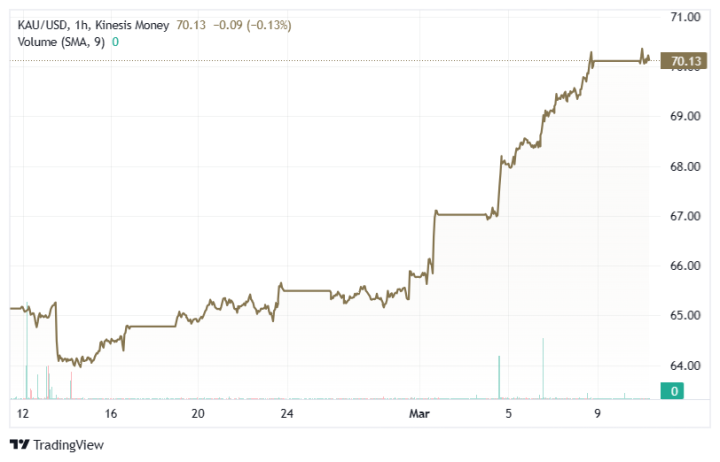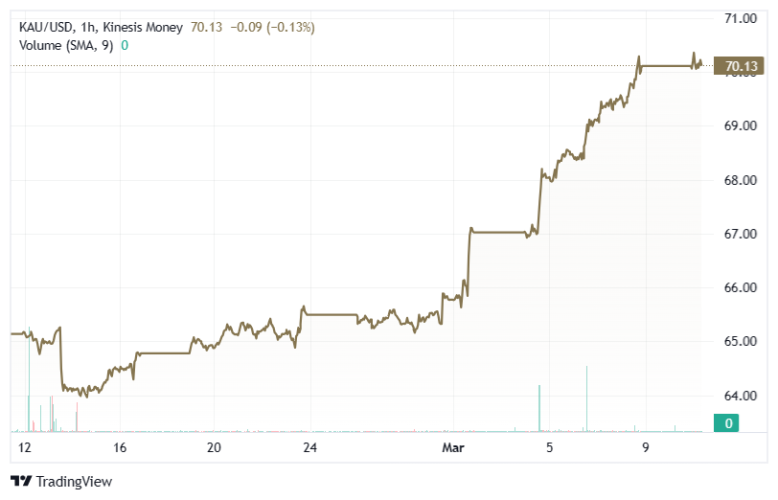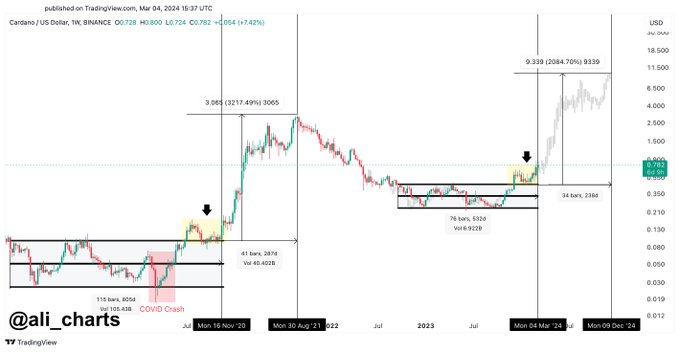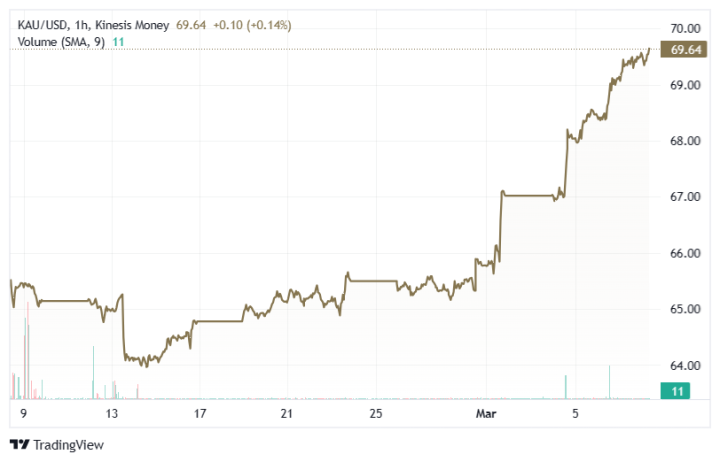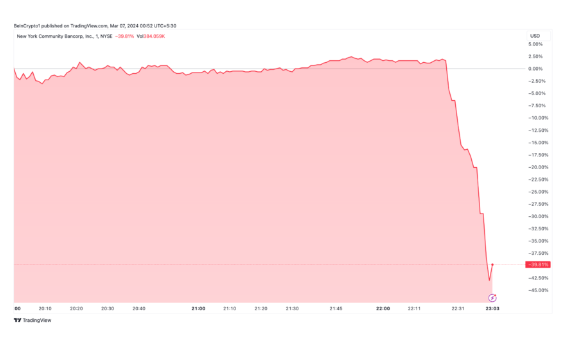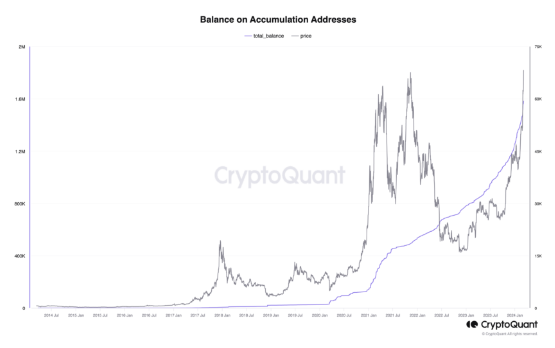Gold Price Forecast – March 2024
Key Takeaways
The gold price is still trading above $2,000 an ounce despite a challenging scenario.
The demand for gold from jewellery, the industrial sector and central banks remains strong.
The price of gold could find a new positive impulse above $2,070, while a decline below $1,980 would denote weakness.
Gold Forecast for March
Despite a challenging environment, gold is still trading above the $2,000 an ounce mark. What are the main market drivers for gold to monitor in March, and what could we expect from the price of gold in the next few weeks?
Let us explore the scenario, starting with a brief macroeconomic analysis.
Gold and macroeconomic scenarios
In February, the US Dollar remained strong, while bond yields extended the rebound that started in the first weeks of the year. The latest inflation data released in the United States was hotter than expected (3.1% vs forecasts of 2.9%), indicating a prolonged journey towards the Federal Reserve’s 2% target. This situation has reduced the pressure on the Fed to cut rates from the current record level of 5.50%. Investors are now fairly convinced that any reduction in borrowing costs won’t commence until at least the May meeting, possibly even June.
This persistent hawkish stance has not dampened enthusiasm for equities, while Bitcoin has returned above $50,000.
In this context, gold found itself in a less favourable position, with alternative assets temporarily diverting investor interest away from precious metals. Despite this, gold exhibited little volatility. The only significant decline was triggered by the release of the US inflation at higher-than-expected levels – but gold demonstrated resilience, quickly recovering to surpass the $2,000 mark.
Gold Market Drivers
The timing of the next moves from central banks remains the key market driver for gold. Any news of sooner-than-expected rate cuts could lift up bullion prices, while further hawkish rhetoric could be a bearish catalyst for gold. Also, the geopolitical situation needs to be monitored carefully, with the demand of gold as a safe haven investment that could increase in case of escalation of tensions in the Middle East. As we will analyze later, the physical demand of gold remains strong, supporting the market.
Gold Technical Analysis
In the first six weeks of 2024, bullion oscillated in a tiny lateral trading range between $2,000 and $2,060. The dip following the US inflation data was quickly absorbed, confirming the solidity of the market.
From a technical perspective, a clear surpass of the resistance levels of $2,070-2,080 could pave the way for further gains, with the next target on the record high around $2,130. Should bearish impulses take hold, the first support levels are placed at $1,980, aligning with February’s low, and $1,930, at the bottom reached in November 2023. For now, the low of last October at $1,810 seems a distant threshold.
Gold demand
In a recent report, the World Gold Council highlighted that “2023 was marked by surprising resilience in jewellery and technology demand”, adding that it “considers it likely that last year’s levels will be repeated in 2024”.
Moreover, “central bank buying maintained a breakneck pace, with annual net purchases of 1,037 tonnes, almost match[ing] the 2022 record”. The robust demand from the jewellery and technology sectors and central bank acquisitions have compensated for the outflows experienced in the ETF sector. This trend will likely continue in March and the next few months, with central banks remaining active buyers while the demand from passive funds remains weak.
Carlo is an external market analyst for Kinesis Money. With a credential background in Economic Finance and International Exchange (MA), Carlo’s critical analysis of gold and silver markets’ performance is frequently quoted by leading publications such as Forbes, Reuters, CNBC, and Nasdaq.
Time to Buy Gold and Silver
Tim Moseley
